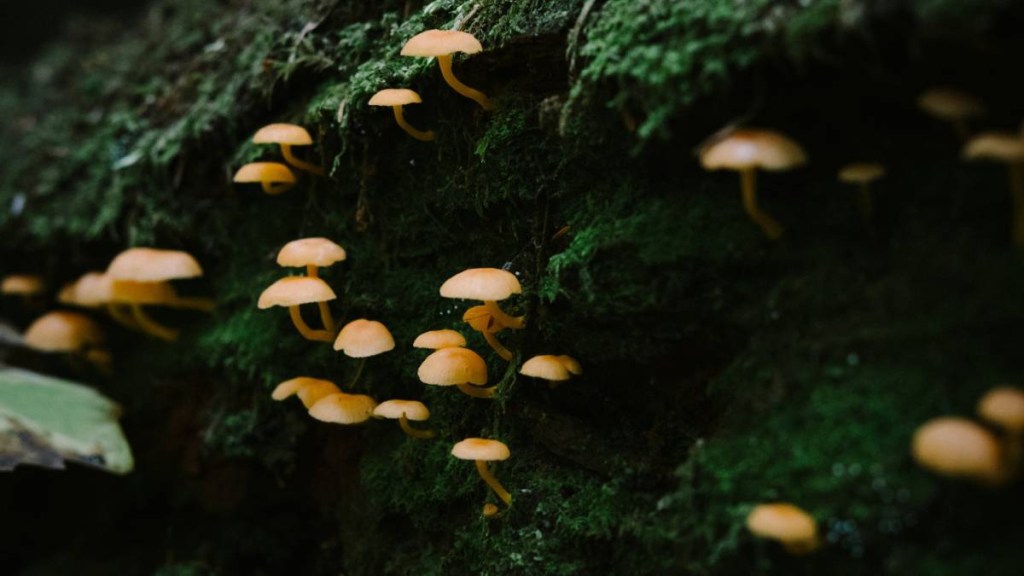New findings have discovered the essential component responsible for a balanced ecosystem, fungi, proves its existence approximately 407 million years ago. The new species was found in microfossil samples from the Rhynie Chert, considered to be a crucial site for the preservation of the Early Devonian community of plants and animals, including bacteria and fungi.
Dr Christine Strullu-Derrien, a palaeontologist at the Natural History Museum London, and her colleagues have highlighted the vital role fungi play in well-functioning ecosystems. According to them, the broader impact of fungi on Earth systems is widely recognized.
Their research, based on fossil evidence from the Rhynie Chert, reveals that fungi were already diverse in terrestrial ecosystems over 407 million years ago. This finding sheds light on the longstanding and significant presence of fungi in Earth’s history.
The Rhynie Chert is located in Scotland where scientists identified Potteromyces asteroxylicola, a fungi species. The Potteromyces asteroxylicola is likely to reproduce from a structure called conidiophores and mysteriously enough, these fungus are found attacking the lycopsid plant Asteroxylon mackiei to which the plant responds by developing dome-shaped growths.
The fungus, Potteromyces asteroxylicola, possesses a set of characteristics that, in conjunction with the reaction tissues in plants, indicate its role as a plant pathogenic fungus. The research team suggests that Potteromyces asteroxylicola is probably connected to the fungus phylum Ascomycota in the subkingdom Dikarya.
Dr. Strullu-Derrien pointed out that while other fungal parasites have been discovered in Rhynie Chert previously, this marks the first instance of a fungus causing disease in a plant. This discovery adds a new dimension to our understanding of fungal interactions with plant life in ancient ecosystems.







